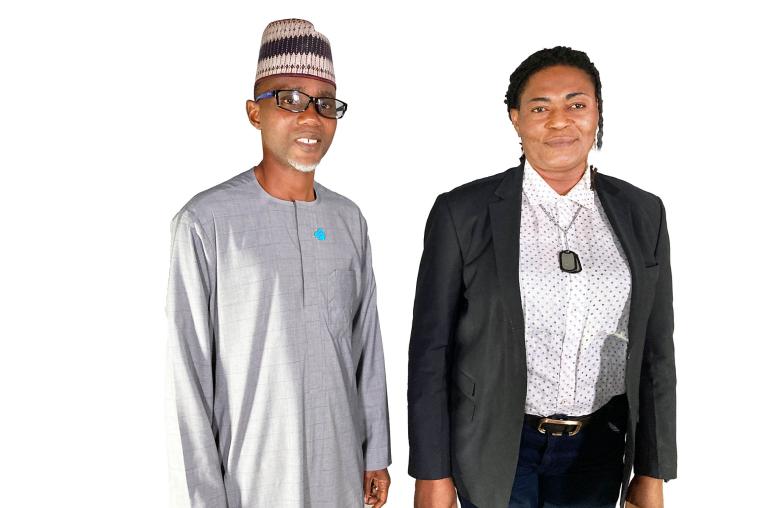A Manual to Facilitate Conversations on Religious Peacebuilding and Reconciliation
USIP has found the documentary film "The Imam and the Pastor" useful as a resource for workshops and training programs exploring themes of religious peacebuilding and inter-group reconciliation. As such, we commissioned religion and peacebuilding specialist David Steele to produce a facilitator’s manual so that others might use this documentary, and the follow-up documentary "An African Answer," in their own training and workshops.
About the Manual
This manual has been developed for the specific purpose of providing material for use in discussion groups, facilitated by people with or without religious peacebuilding backgrounds, to gain greater familiarity with faith-based peacebuilding. More specifically, it has been designed to be used following the showing of two films that document the work of the Interfaith Mediation Centre in Nigeria and the experience of its two founders, Imam Muhammad Ashafa and Pastor James Wuye.
The Imam and the Pastor is an inspiring story that describes the transformation that took place in each of their lives, moving them from armed militia members to co-workers on reconciliation efforts. An African Answer describes the methodology that they use, in this case in Kenya following post-election violence in 2007. The main content of the manual offers guidance in preparation for, during, and after the viewing of the films. The preparation material includes brief description of both films and the methodology of Ashafa and James, as well as information regarding the purpose of a gathering to view and discuss, how one might integrate the showing of the films into larger projects and who to target. This is followed by material to use in introducing the films, questions that facilitators might ask, and possible activities that could be generated as a result of viewing and discussing the films.
There is more material, here, than facilitators can use in any one showing of the films. Therefore, facilitators are encouraged to select those questions that are most appropriate for a given audience. It is hoped that the list of possible activities will stimulate both facilitators and participants to come up with their own ideas to promote creative interfaith peacebuilding and reconciliation. In addition, the manual contains, in appendices, background information on the Nigerian and Kenyan conflict contexts as well as an overview of religious peacebuilding and reconciliation.
Reading these materials will provide discussion facilitators with important information about both the causes and consequences of the local conflicts and the faith-based resources available to peacebuilders who will work within a variety of conflict contexts and faith orientations around the world.



